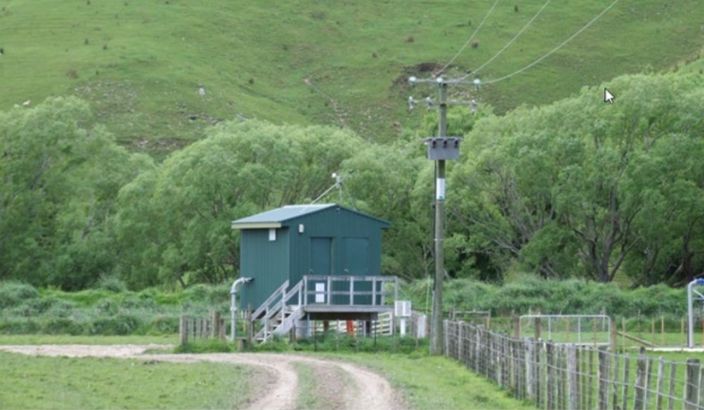Six things to know about Marlborough’s new water plan


Under more stringent water quality rules, Havelock's current water treatment plant needs upgrades, as do plants in Riverlands and the Awatere rural area. Photo: Supplied.
KIRA CARRINGTON Local Democracy Reporter
Marlborough will soon have a new organisation to look after its three waters. And that organisation has a plan.
The Marlborough District Council adopted its Water Service Delivery Plan, on August 7. The plan is required under the Government’s Local Water Done Well policy.
In a statement, the council said the plan “assesses the current state of waters infrastructure, existing service areas, regulatory compliance and identifies the future investment needed to support growth”.
While not everyone has the time or patience to read a 95-page document full of graphs, jargon and financial acronyms, Local Democracy Reporting do. Let us boil it down for you.
- Where Marlborough water infrastructure’s at: Your average pipe network has a lifecycle of 80 to 100 years. Marlborough’s pipes are on average 30 to 35 years old, so approaching the halfway point.
In 2023, 66% of drinking water, 52% of wastewater, and 70% of stormwater mains were in moderate to very good condition.
The network, particularly wastewater, is vulnerable to seismic activity and infiltration of sea water as a result of climate change.
While repairs aren’t urgent, the water network will need significant investment in the coming decades as pipes grow older and require renewal. - The bill for residents: The council claimed a standalone organisation was the second cheapest option for residents. A multi-council organisation would be cheaper.
Water charges would shift from land-value based charges within rates to water metering. Budget had been allocated for metering rollout in Picton in 2027-28 and Blenheim in 2028-30.
Average water charges per connection were projected to increase from $1858 in 2024 to about $3608 in 2034. Including inflation, that was an average annual increase of just under 7%.
However, council said this would be offset by lower rates, as water charges would no longer be part of rates.
Water charges would range between 2.6% to 3.3% of average household income over the next 10 years. - Havelock isn’t the only one with water quality issues: Stricter drinking water standards mean multiple water supplies need upgrades.
Havelock was last month issued a boil water notice due to a lack of UV treatment. The Awatere and Dashwood rural areas remain under a long-standing boil water notice for the same reason, as they don’t receive water from the Seddon water treatment plant which was opened in 2019.
The supply to Riverlands, and its industrial park, lacked both UV treatment and chlorination, but the council planned to seek an exemption, as even trace levels of chlorine could affect quality for wine producers.
All water quality upgrades were targeted for completion between 2024 and 2028. - Significant investment needed: Marlborough’s water infrastructure needs $413 million of investment over the next 10 years.
Under the new plan, an estimated $255m would come from revenue brought in by the organisation through water charges, and $220m would be borrowed through the Local Government Funding Agency.
This debt would be on the organisation’s books, not the councils.
Council planned for the organisation to be fully financially sustainable and independent by June 2028. - How the WSO works: The organisation would be 100% owned by the Marlborough District Council, however other councils could opt to buy into the organisation if they wished.
The organisation would eventually have its own board, but until it was fully operational in July 2026, it would be run by three groups.
At the top was the oversight and governance committee, made up of the mayor, the council chief executive, and committee chairperson. They would sign off on key decisions.
Beneath them was the project steering group, made up of senior council staff and the project director, who would make the day-to-day decisions.
The project team, made up of council staff and special advisers, would be responsible for implementing the decisions of the committee and steering group, and provide regular updates. - What could go wrong: The council said it was aware of a number of risks outside of its control that could send water charges above estimates. These included:
- Higher-than-anticipated inflation. A rise in construction costs from increased material and labour prices.
- Changes in interest rates could see debts become more expensive.
- Unavailability of skilled contractors and engineers. Councils around the country would be on the hunt for skilled workers.
- Changes in government policy could require unforeseen projects.
- Governance risks. The system relies on communication and accountability, so any misalignment between groups could cause problems.
The council confirmed it would submit the Water Services Delivery Plan to the Secretary of Local Government by September 3.
LDR is local body journalism co-funded by RNZ and NZ On Air.
